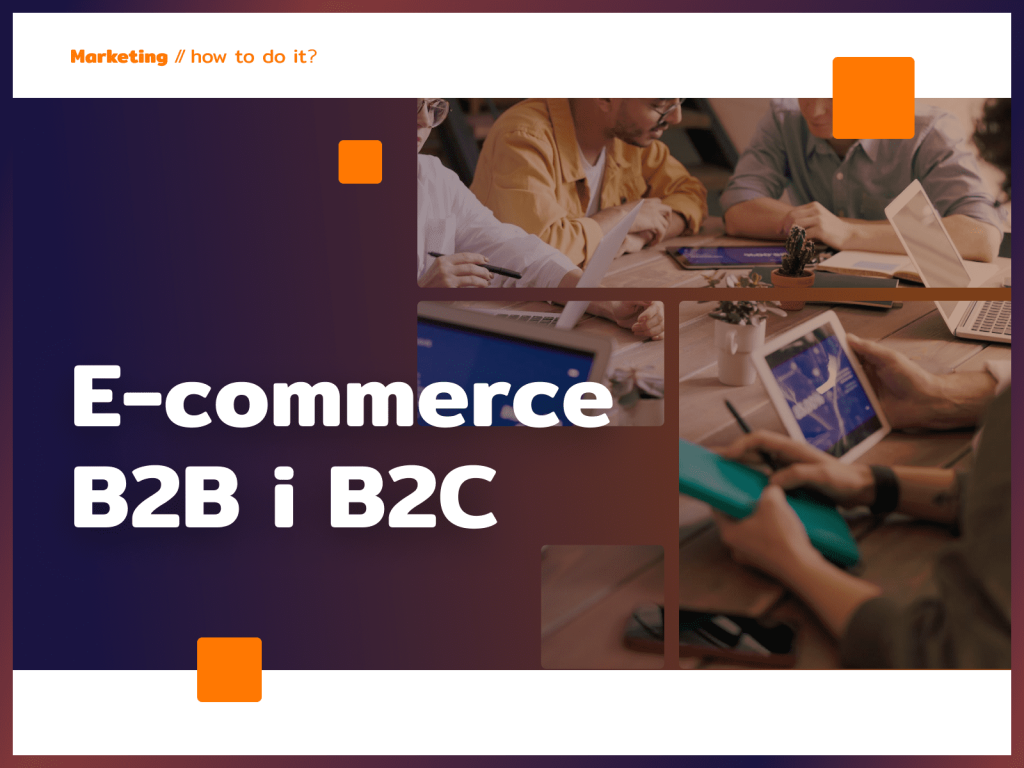In the world of e-commerce, there are many subtle but important differences between B2B e-commerce and B2C e-commerce. B2B and B2C have their own challenges and benefits, and understanding these differences can help you run your online operations more effectively.
Differences between B2B e-commerce and B2C e-commerce
B2B and B2C are abbreviations for two different models of commerce that refer to the relationship between seller and customer. Here is their explanation:
B2B (Business-to-Business)
Business to Business: The B2B model describes a situation in which one company provides products or services to other companies. This means that transactions take place between companies, not end consumers. An example would be an electronic components company supplying electronic components to an electronics manufacturer. B2B relationships are often more complex, based on needs and long-term cooperation.
B2C (Business-to-Consumer)
Business to Consumer: The B2C model refers to the relationship between a company and individual consumers. In this case, the company sells products or services directly to end users. For example, an online store selling clothes, electronics or cosmetics is an example of a B2C model. B2C relationships are often based on consumers’ buying emotions.
The basic differences between B2B e-commerce and B2C e-commerce are expressed in the fundamentals of the activities that are carried out between participants in business transactions:
Target segment
B2B focuses on business-to-business transactions, while B2C focuses on individual consumers. This means that marketing and communications strategies must be tailored to meet the expectations of these two different groups.
Decision-making process
In B2B, the decision-making process is more complex. B2B buyers must consult with multiple departments and consider the company’s long-term goals. B2C customers, on the other hand, may make quick purchasing decisions, often driven by emotions.
Value of transactions
B2B transactions tend to be much larger in value than B2C transactions. A mistake in a B2B transaction can have a much greater impact on a company, placing greater demands on accuracy and trust.
Customer relations
In B2B, we often deal with repeat buyers, which means long-term relationships. In B2C, transactions are often one-offs, which places different demands on building customer relationships.
Personalization
B2B customers expect personalized interactions, but they are more professional in nature than in B2C. Aligning communications and offerings is key to customer satisfaction.
Success strategies for B2B e-commerce
How do you act to make your B2B sales grow? Here are some tips:
Multi-channel experience
Providing customers with different touch points and the ability to use the platform in different ways is key. This allows the organization to better understand the customer and tailor its activities to them.
Customer service
Both 24/7 customer service and information availability are key. Chatbots and FAQ sections can help provide answers to customer questions, regardless of the time.
Simplifying the process
It is important for B2B customers to be able to make purchases quickly and efficiently. The possibility of one-click reordering or recurring subscriptions can greatly increase their satisfaction.
Detailed information
Unlike B2C, where emotions may play a larger role, in B2B, detailed information about products and services is important. Customers expect salespeople to understand their industry and be able to answer their questions.
Summary – B2B and B2C
The differences between B2B and B2C e-commerce require businesses to tailor their strategies to the unique needs and expectations of both customer groups. While B2B e-commerce may be more complex, the rapid growth of the field and increasingly higher customer expectations are opening the door to new opportunities.
Whether you’re running B2B or B2C, the key to success is to understand and adapt appropriately to the specifics of your market. I have been marketing for B2B and B2C clients for years. Get my help in reaching new customers and optimizing your existing marketing efforts. Together we will do more!


















